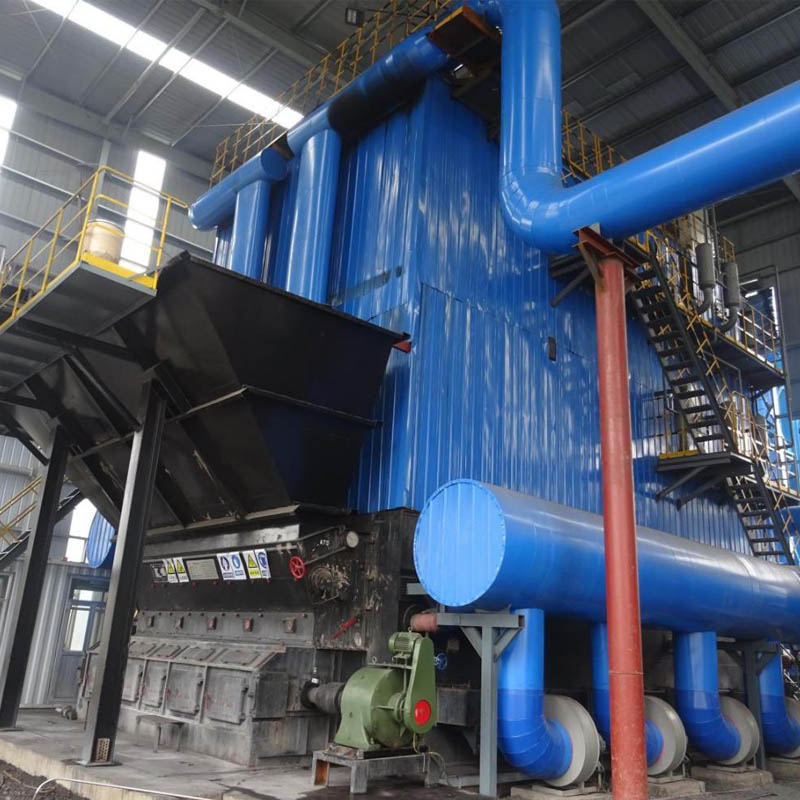
Avg . 05, 2024 23:55 Back to list
Understanding the Components and Functionality of Hot Water Boiler Systems in Residential Settings
Hot Water Boiler Diagram Understanding the Components and Functionality
A hot water boiler is a key component in many residential and commercial heating systems. Understanding its diagram is crucial for both operators and technicians, as it outlines the various parts and their functions in the heating process. In this article, we will explore the typical components of a hot water boiler and how they interact in heating water for distribution.
Overview of a Hot Water Boiler
A hot water boiler operates through a closed loop system where water is heated in a boiler and circulated to radiators or underfloor heating systems. The boiler typically relies on a fuel source, which can be natural gas, oil, propane, or electricity, to generate heat. The hot water produced can be utilized for space heating, domestic hot water, or even in industrial processes.
Key Components in the Hot Water Boiler Diagram
1. Boiler Shell The outer casing that houses the internal components, including the combustion chamber and the heat exchanger. It is designed to contain heat and ensure safety.
2. Heat Exchanger This is the heart of the boiler. It transfers heat from the combustion gases to the water, ensuring efficient heating. The design of the heat exchanger can vary, impacting efficiency and recovery rates.
3. Burner The burner mixes the fuel with air and ignites it to create a flame. The heat generated from the burning fuel is essential for heating the water. Different types of burners can be used, including atmospheric, power vented, and condensing burners.
hot water boiler diagram

4. Control Systems Modern hot water boilers are equipped with electronic control systems that manage the operation of the burner, regulating temperature and pressure. These systems enhance efficiency while ensuring safety by monitoring water levels and preventing overheating.
5. Thermostat A key component that senses the temperature of the water and communicates with the control system to maintain desired settings. It plays a critical role in ensuring that the water does not overheat.
6. Expansion Tank As water is heated, it expands. An expansion tank accommodates this increased volume, preventing excessive pressure build-up in the system. This tank is crucial for maintaining safe operational conditions.
7. Pumps Circulating pumps are responsible for moving hot water from the boiler through the piping system to radiators or other heat emitters. The efficiency and positioning of these pumps can significantly affect the overall performance of the heating system.
8. Piping and Fittings The system relies on a network of pipes to transport hot water throughout the building. Proper insulation of these pipes is essential to maintain water temperature and improve efficiency.
9. Safety Valves Safety valves are critical for system protection. They release excess pressure, helping to prevent catastrophic failures. Regular maintenance and testing of these valves are essential for safe operation.
Conclusion
Understanding the hot water boiler diagram is essential for anyone involved in the operation or maintenance of heating systems. Each component plays a vital role in ensuring that the boiler operates efficiently and safely, providing reliable heating for residential and commercial spaces. By familiarizing oneself with these components and their interactions, users can better appreciate their heating systems and address any issues that may arise. Proper maintenance is crucial for the longevity and efficiency of the boiler, ensuring it continues to meet heating needs effectively.
-
Best Steam Boiler Design PDF Free Design Calculation & Diagram Downloads
NewsJun.10,2025
-
Hot Boiler Water Heater Efficient Heating Solutions for Home & Commercial Use
NewsJun.10,2025
-
Steam Boiler Safety Devices High-Quality Protection Valves
NewsJun.10,2025
-
Ultimate Steam Boiler Checklist for Safety & Efficiency
NewsJun.10,2025
-
Optimal Hot Water Boiler Temperature Setting Guide
NewsJun.10,2025
-
Effective Hot Water Boiler Chemical Treatment Protect & Maintain
NewsJun.09,2025
Related PRODUCTS






















